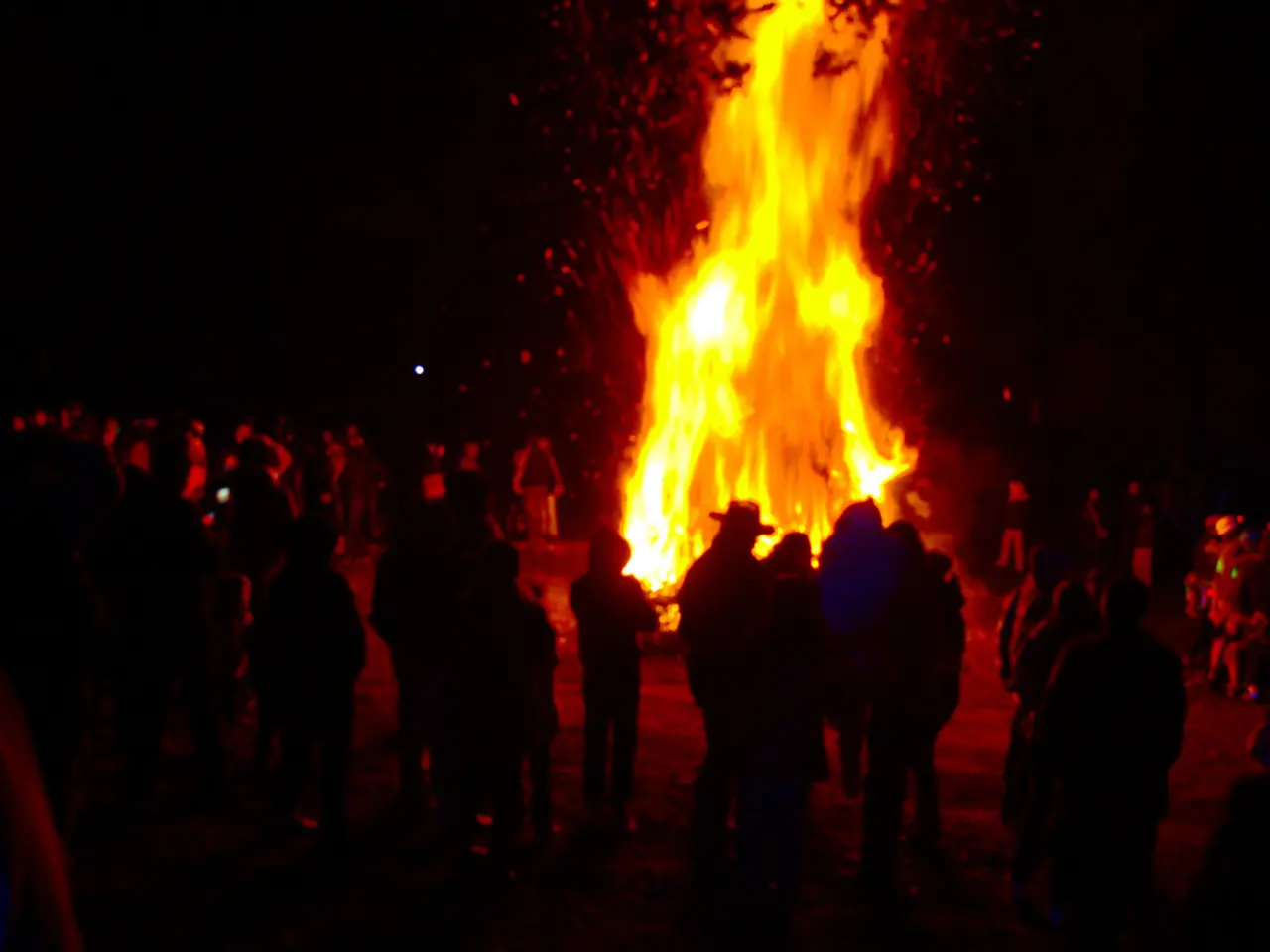Mastery of Ancient Bowmanship in Medieval Epochs
### Unveiling the Evolution of Medieval Archery Equipment
The medieval period, marked by knights, castles, and chivalry, also witnessed significant advancements in archery equipment. These innovations not only revolutionized warfare but also laid the groundwork for modern archery practices and technology.
#### Medieval Bows
The medieval shortbow, prevalent in Europe, resembled its classical counterpart in construction and range (approximately 91 meters). However, the English longbow, which emerged around the 11th century, surpassed the shortbow in power and range. The longbow played a pivotal role in challenging the dominance of knightly cavalry, altering the course of medieval warfare [1][3].
#### Mounted Archery and Composite Bows
Eurasian steppe cultures, including the Scythians, developed the composite bow – a powerful, shorter bow designed for horseback use. This design, which combined materials such as wood, horn, and sinew to store more energy, spread across Europe and Asia. Mounted archers, armed with composite bows, became a formidable force, dominating warfare in these regions. The Seljuk Turks, for instance, successfully employed mounted archers against Crusaders, showcasing the tactical advantage of these bows in mobility and firepower [1].
#### Crossbows
Another significant medieval innovation was the crossbow, a weapon that used a metal bow mounted on a stock with a mechanical trigger. Capable of piercing chain mail and boasting a long range (approximately 300 meters), the crossbow offered a powerful alternative to the longbow. Its introduction marked a major technological leap in missile weapons [3][5].
#### Impact on Warfare and Technology
The introduction of more powerful bows and crossbows led to a shift in military tactics and armory. The decline of heavily armored knights was partly due to the penetrative power of longbows and crossbows, leading to the evolution of plate armor that could resist these projectile weapons. By the 14th and 15th centuries, plate armor was hardened steel, designed to withstand arrows and even early firearms [2].
From the 1300s to 1550s, improvements in infantry tactics and ranged weaponry led to a transition from cavalry-dominated battles to infantry-based engagements. Longbows and crossbows allowed infantry to effectively counter knights, influencing the professionalization of armies and the development of combined-arms warfare [2][5].
#### Legacy in Modern Archery and Technology
Modern archery equipment benefits from the centuries of experimentation with bow materials and mechanics seen in medieval times. The crossbow’s mechanical trigger and loading mechanisms prefigure modern firearms triggers and mechanical aids. Tactical lessons from mounted archery and combined arms continue to inform military doctrines about mobility, firepower, and force composition. Hunting and sport archery likewise draw on medieval bows' balance of power and accuracy, adapted now with modern materials like carbon fiber and advanced ergonomics [1][2][3][5].
#### Summary
Medieval archery equipment, particularly the longbow, composite bow, and crossbow, were technological innovations that altered the balance of medieval warfare by enhancing range, power, and ease of use. These changes drove significant shifts in military tactics, the decline of knightly armor dominance, and the rise of professional infantry forces. The principles and mechanical innovations from medieval archery continue to influence modern archery technology and military concepts [1][2][3][5].
As we moved into the modern era, the use of archery in warfare diminished with the advent of firearms, but its legacy in sports and recreation continued to grow. Medieval archery competitions played a significant role in cultural events and festivals. In medieval times, archery was not only about warfare; it was also a competitive and recreational activity with various competitions like clout shooting, target shooting, and flight shooting.
Modern arrows reflect historical balance between speed, stability, and accuracy, as seen in medieval arrow design. Bowstrings in medieval times were often made of materials like hemp, flax, or silk, and were waxed for durability and strength. The longbow's prominence was marked by the crushing English victories at battles like Crecy and Agincourt. Finger guards, also known as shooting gloves or tabs, shielded the fingers of medieval archers from blisters and cuts caused by the drawstring's pull. The longbow, a symbol of medieval warfare, was about 6 feet in length and made primarily of yew wood.
Medieval archers typically wore lighter armor than melee combatants, prioritizing mobility over heavy protection. This included padded gambeson, bracers, helmets, boots, and finger guards. The longbow has inspired modern flatbows, and the crossbow's mechanical principles resonate in today's compound bows. Arrows played a crucial role in medieval battles, with archers often playing a decisive role in military victories. The medieval era saw the evolution of archery equipment, from shortbows to longbows. Quivers, used for arrow storage and transportation, came in various forms such as hip quivers, back quivers, and ground quivers.
In the medieval period, archery equipment, including the longbow and the crossbow, evolved, revolutionizing warfare techniques and serving as precursors to modern archery practices.
Mounted archers, armed with composite bows, became a dominant force in Eurasian warfare, proving the tactical advantage of these bows in mobility and firepower.







